Transportation
Overview
Transportation, also known as transport, is the movement of humans, animals, and goods from one location to another. In other words, the action of transport is defined as a particular movement of an organism or thing from a point A (a place in space) to a point B. Modes of transport include air, rail, road, water, cable, pipeline, and space. The field can be divided into infrastructure, vehicles, and operations.
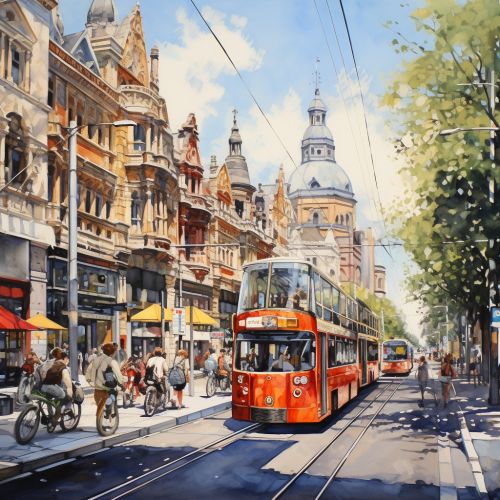

History
Transport has played a crucial part in the history of mankind. The advent of transportation has significantly impacted the social and economic development of societies across the globe. From the first simple sledges and carts to today's complex network of infrastructure, the history of transport is a fascinating and complex narrative of technological, social and economic progress.
Modes of Transportation
There are numerous modes of transportation available today, each with its own unique characteristics, advantages, and disadvantages. These modes can be broadly classified into land, water, air, and space transport.
Land Transport
Land transport is the most widely used mode of transport for the movement of goods and people over short and medium distances. It includes road transport, rail transport, and pipeline transport.

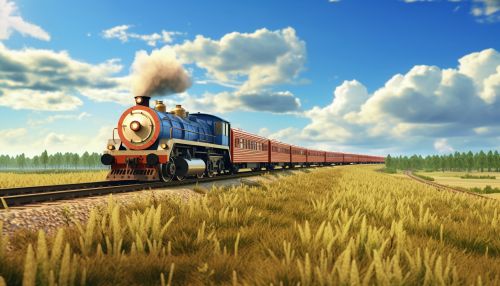
Road Transport
Road transport involves the use of motor vehicles on roads for the transportation of goods and people. It is the most common mode of transport and includes vehicles such as cars, trucks, and buses.
Rail Transport
Rail transport, also known as train transport, is a means of conveyance of passengers and goods by way of wheeled vehicles running on rail tracks. It is a highly efficient and cost-effective mode of transport for long-distance travel.
Pipeline Transport
Pipeline transport is the long-distance transportation of a liquid or gas through a system of pipes. This mode of transport is primarily used for the transportation of water, oil, and natural gas.
Water Transport
Water transport is the process of moving people, goods etc. by barge, boat, ship or sailboat over a sea, ocean, lake, canal, river, etc. This mode of transport is slower than land and air transport but is a more economical option for transporting large quantities of goods over long distances.
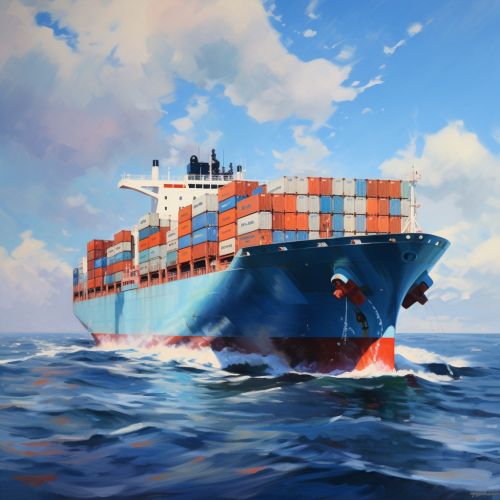
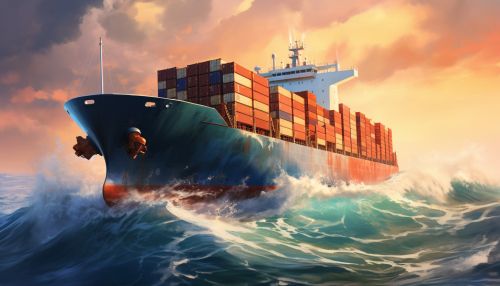
Air Transport
Air transport includes all transport through the air using aircraft, such as airplanes and helicopters. Air transport is the fastest method of transport and is crucial for transporting goods and individuals over long distances in a short time.
Space Transport
Space transport involves missions, cargo, and people to outer space, which go beyond the limit of the earth's atmosphere. This is a highly specialized field of transportation and is conducted by entities that are part of the aerospace industry.


Transportation Infrastructure
Transportation infrastructure refers to the structures and systems that facilitate the various modes of transport. It includes roads, railways, airways, waterways, canals, pipelines, ports, airports, railway stations, bus stations, warehouses, trucking terminals, refueling depots, and seaports.
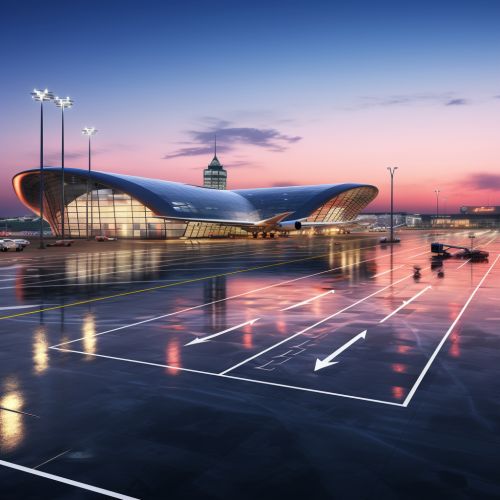
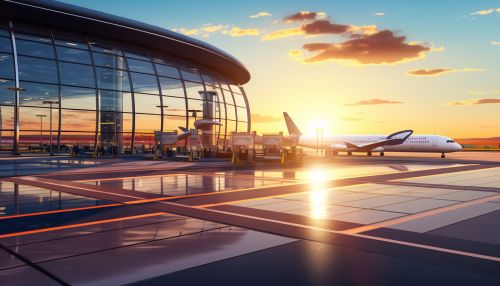
Impact of Transportation
Transportation has a significant impact on society, influencing a wide range of factors from the daily lives of individuals to the economic health of nations. It affects social, economic, and environmental aspects of societies.
Economic Impact
Transportation plays a critical role in the economy, as it enables trade between people, which in turn increases prosperity. It is a major economic activity, contributing significantly to a nation's GDP.
Social Impact
Transportation also has a significant social impact. It provides access to employment, social, health and education services, making it key to achieving social equity.
Environmental Impact
However, transportation also has a significant environmental impact. It is a major consumer of energy, and it contributes to air pollution and global warming.
Future of Transportation
The future of transportation is expected to be shaped by a multitude of factors such as technological advancements, population growth, environmental concerns, and changes in societal attitudes. Innovations such as autonomous vehicles, electric vehicles, hyperloop, and even space travel are set to redefine the concept of transportation in the future.


